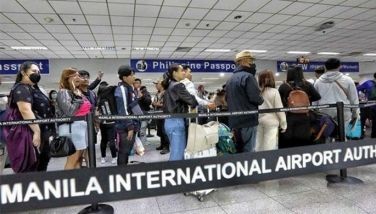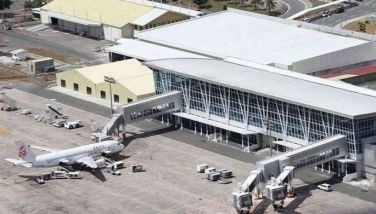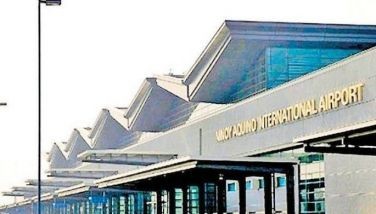Traffic
The “Ber” months have begun, ushering in the long Filipino Christmas season. Festive lights and decorations are starting to brighten up malls and public spaces. However, for Metro Manila residents and workers, this also signals the onset of even heavier traffic than usual.
It is indeed that time of the year when extra minutes, or even hours of travel time are added to daily commutes. On top of the usual work and appointments, more people head out for shopping, gatherings and holiday events. The surge in vehicles on the road often leads to longer travel times and increased frustration for commuters.
Case in point is my nearly three-hour drive from Pasig to Makati last week. For context, the drive takes around an hour on a typical day – accounting for traffic already. It wasn’t even a Friday to begin with, but it was easily one of the worst traffic gridlocks I had ever experienced.
The horrendous ordeal made me realize that while there has been progress in addressing our traffic problem, it cannot be denied that the situation remains far from ideal. Just the thought of EDSA’s traffic saddens and frustrates me, as it underscores the countless hours Filipinos spend stuck on the road – time that could be better spent on more productive and meaningful activities elsewhere.
Sadly, the terrible traffic situation in Metro Manila is not exaggerated.
Earlier this year, news reports revealed that Metro Manila claimed the top spot for worst traffic congestion among 387 metro areas across 55 countries, based on the 2023 TomTom Traffic Index.
The study revealed that nearly half or 117 hours of the average 240 annual driving hours of a typical motorist in Manila is spent stuck in traffic. The report also showed that traffic congestion gets worse on Friday evenings, especially during the rush hour between 5 p.m. and 6 p.m.
More than the inconvenience and wasted hours, traffic has a significant impact on our economy. In March of this year, the Management Association of the Philippines called on the government to declare a “state of calamity” in Metro Manila due to the worsening traffic congestion which costs the economy an estimated P3.5 billion in losses daily.
The government is making efforts to address this issue through infrastructure projects and public-private partnerships, which are already underway. However, I believe this is just one piece of a larger puzzle. More comprehensive solutions are needed to truly alleviate our traffic woes.
The traffic condition we experience now is a systematic problem that results from poor public transport infrastructure. Over the years, the pace of development of our public transport infrastructure has failed to match the pace of economic growth, rendering it unreliable and inefficient for commuters.
As a result, this made car ownership more appealing to Filipinos who have long been inconvenienced by long queues just to ride a train, jeepney or bus.
With car ownership on the rise, traffic congestion will likely worsen. As my fellow columnist Boo Chanco pointed out in a comment on my Facebook post, around 500,000 cars are added to our roads each year. In August alone, car sales increased by nearly seven percent compared to the same period last year.
I believe what we truly need is a broad, holistic and comprehensive plan to solve the traffic problem – one that focuses on the expansion and improvement of our public transport infrastructure.
Priority should be given to accelerating the construction and completion of the various mass transit projects to encourage more Filipinos to use public transport, thereby decongesting road traffic.
The government is already on track on this. As President Marcos said in his third State of the Nation Address, the Philippines is currently seeing a “railway renaissance” with numerous ongoing projects.
I have long shared the view that a well-designed rail network is the best for mass transport – efficient, affordable and effective. More than decongesting Metro Manila traffic, an effective mass transit system will significantly improve interconnectivity between rural and urban areas – bridging the economic growth gap.
In solving Metro Manila’s traffic crisis, we must keep in mind that the problem is a multifaceted issue that requires a holistic approach that addresses the needs of commuters and motorists, bridges the gap between urban and rural areas and answers to the demands of our growing economy.
It cannot be denied that solving Metro Manila’s traffic crisis is challenging but with strong political will, strategic planning and the support of the private sector, this surely is not insurmountable.
I do not know if I will see the light of day in my lifetime as I am now in my senior years. But for the sake of the younger generation, we must act as a nation to tackle this problem that has plagued us like a chronic illness for decades.
- Latest
- Trending





























